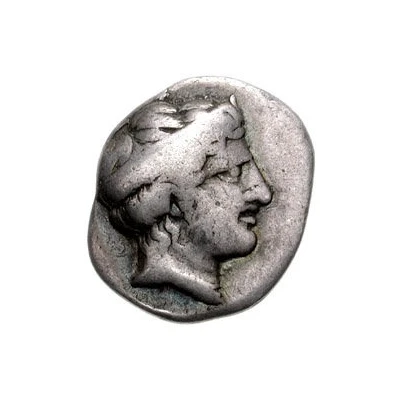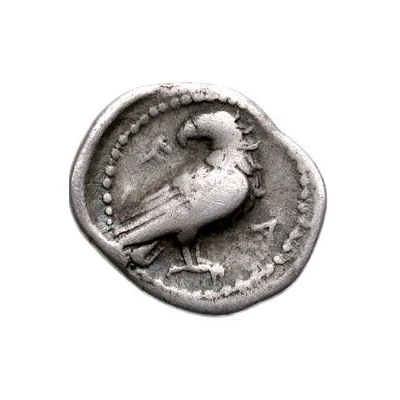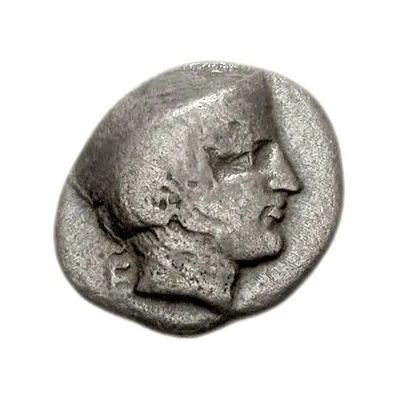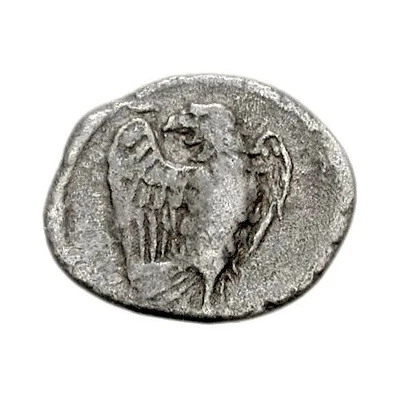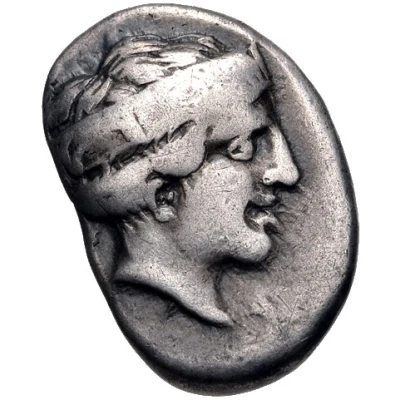
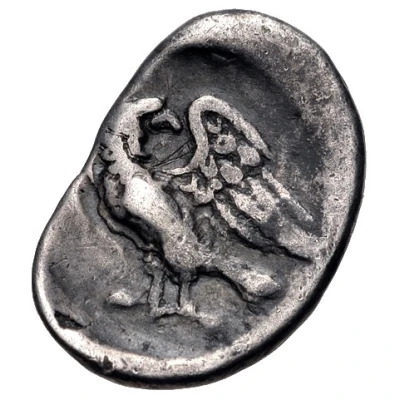

© Classical Numismatic Group, Inc.
Hemidrachm - 103rd Olympiad 368 BC
368 BC year| Silver | 2.80 g | 13.0 mm |
| Issuer | Olympia (Elis) |
|---|---|
| Type | Standard circulation coin |
| Year | 368 BC |
| Value | Hemidrachm (½) |
| Currency | Drachm |
| Composition | Silver |
| Weight | 2.80 g |
| Diameter | 13.0 mm |
| Shape | Round (irregular) |
| Technique | Hammered |
| Demonetized | Yes |
| Updated | 2024-10-10 |
| Numista | N#177812 |
|---|---|
| Rarity index | 100% |
Reverse
Eagle, with spread wings, standing left, head right
Interesting fact
The Hemidrachm coin was used as a form of currency in ancient Greece, specifically in the city of Olympia, during the 103rd Olympiad in 368 BC. It was made of silver and weighed 2.80 grams. The coin features an image of a laurel wreath on one side and the Greek god Zeus on the other. The Hemidrachm was an important coin in ancient Greece, as it was used to pay for goods and services, and it was also used as a form of currency in trade with other cities and states. It's interesting to note that the Hemidrachm coin was used during a time when ancient Greece was at the height of its power and influence, and the Olympic Games were an important part of Greek culture and tradition. The fact that the coin features an image of Zeus, who was considered the king of the gods, highlights the importance of religion and mythology in ancient Greek society.
